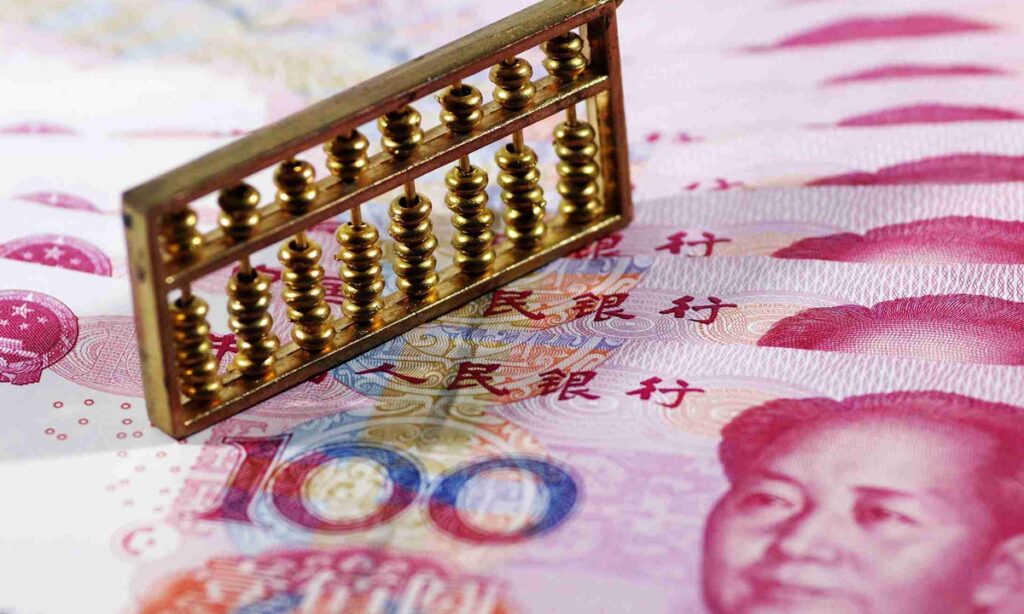The share of Chinese yuan in Russia’s foreign exchange transactions hit a new high of 44 percent in July, according to official Russian data on Tuesday, further highlighting the closer economic and trade cooperation between the two countries.
The yuan’s share in Russian foreign exchange transactions increased from 39.8 percent in June to 44 percent, Russian news agency TASS reported, citing Russia’s central bank. In the month, the share of “toxic” currencies declined from 58.8 percent in June to 54.5 percent, according to the report.
Since February 2023, the yuan has replaced the US dollar as the most traded foreign currency in Russia for the first time, according to Bloomberg.
At a Shanghai Cooperation Organization meeting in July, Russian President Vladimir Putin said that more than 80 percent of commercial transactions between Russia and China were conducted in rubles and yuan, according to TASS.
Sputnik reported on August 9 that 47.7 percent of payments in foreign economic cooperation used China’s yuan.
In Russia, the yuan has become one of the most favorable foreign currencies. The economic cooperation between the two countries has developed closely under the head-of-state diplomacy between China and Russia.
China has been Russia’s biggest trading partner for 13 years, and the bilateral trade between China and Russia reached a new high of 1.276 trillion yuan ($190.27 billion) in 2022. Based on statistics from the General Administration of Customs, the trade between China and Russia in July rose 46.3 percent to 140 billion yuan ($19.49 billion).
Close cooperation benefits both countries, with gas exports from Russia via the “Power of Siberia” pipeline set to increase.
The first train from China to cross the Amur Railway Bridge, which connects Russia’s Far East with Northeast China’s Heilongjiang Province, made the journey in July, with 25 million tons of goods set to cross the rail bridge annually.
Russia is not the only country shifting away from the dollar and toward China’s yuan.
In March, Chinese and French energy companies finalized a deal on liquefied natural gas in yuan. In the same month, Brazil started to use yuan in transactions with China and settled trade without intermediary currencies, according to media reports.
In July, Indian refiners began to pay for some oil imports from Russia using yuan, Reuters reported. In the same month, Bolivia became the latest country in South America to use yuan in trade with China.
(Global Times)




